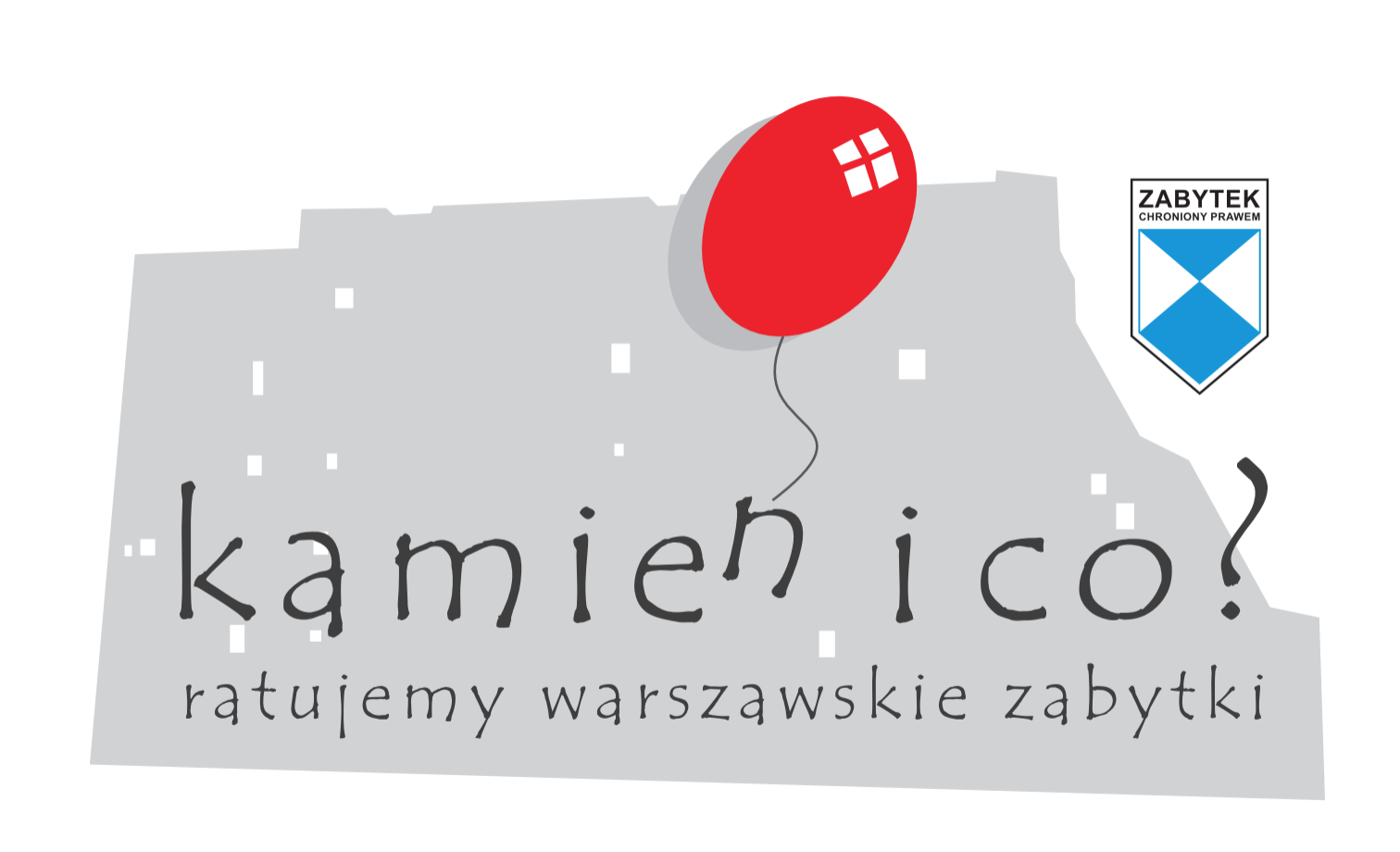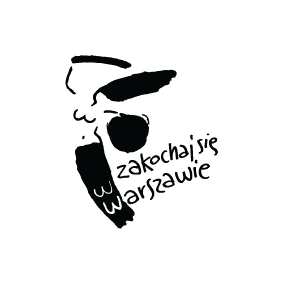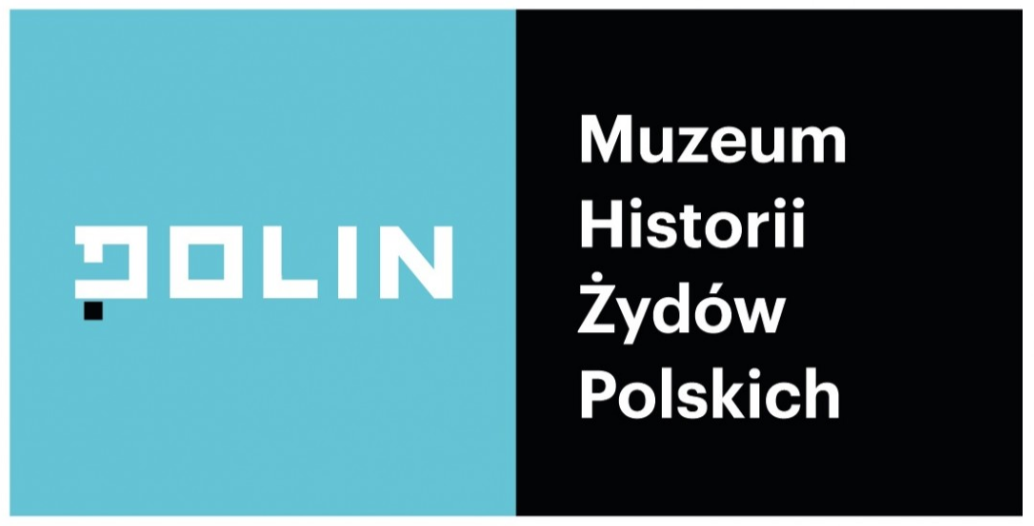
Café “Adria” – a gastronomic and entertainment establishment
8 Moniuszko Street (pre-war address: 10 Moniuszko Street)
Cramped cloakrooms, homely boxes, and furniture, badly placed orchestra, curtains between mirrors in a gold-coloured bar and walnut-painted doors leading to the artists’ room
– these were the weaknesses and shortcomings that the attentive critic-architect Piotr Michał Maria Lubiński noticed in “Adria”, the most elegant place of interwar Warsaw, and one of the places where young Mieczysław Weinberg performed.
Warsaw High-Life
Café “Adria”, an entertainment complex with bars, cafés, and a dance bar, was opened in the very centre of the city in 1931. It occupied the ground floor and basement of the monumental building of the Insurance Company Riunione Adriatica di Sicurtá (designed by Edward Zacharias Eber), which was opened with a bang a few years earlier – in 1929. Despite the economic crisis, "Adria" let you immerse yourself in luxury.
As part of the promotional campaign, the management of the venue even issued postcards with photos of the interior, and let famous artists drink and eat for free because their very presence attracted the clientele. It was the place to meet politicians, officials, and chic and gallant officers, with Bolesław Wieniawa-Długoszowski at the top of the list.
The preserved photos show satisfied guests sipping on fashionable drinks or drinking an American novelty, Coca-Cola, through straws, while couples sway in the background to the rhythm of music played from the stage. The dance bar was open in the afternoon and all through the night. No wonder that Mieczysław Weinberg, who felt good in the dance repertoire of tangos, foxtrots, and slowfoxes, found employment in "Adria".
Morning coffee and browsing through newspapers in the glass-roofed winter garden of the café, dancing there in the evenings, or spending time at one of the bars had become a social and tourist attraction since the opening of the premises.

The Best Café Interior of Warsaw
Piotr Michał Maria Lubiński, who criticised "Adria's" architecture and interior design in a review printed in “Wiadomości Literackie” (Literary News) on 17 May 1931, wrote about the real "Adriatica Epidemic", which seized Warsaw residents and visitors to the city. Although in his opinion, "the best architectural café interior in Warsaw" was not devoid of flaws (which he meticulously enumerated), the venue left a lasting impression with its modern design and richness of the materials used.
The biggest attraction of "Adria" was the American bar – and it was the only space in which Piotr Michał Maria Lubiński found no weaknesses or faults – on the contrary, he described it as the best of the interiors designed by "Adria's" architects: Jerzy Gelbard, Grzegorz and Roman Sigalin and Edward Seidenbeutel.
The "dance bar" part of the premises, i.e. the revolving dance floor and the Golden Bar, were located in the building’s basement. Ventilation worked very well: it was not stuffy, and the air didn't smell of cigarettes, even though "Adria" could accommodate 1200–1500 people, or even more if the program featured an interesting concert by Hanka Ordonówna or Jerzy Petersburski and Arthur Gold.
The red ventilators are perfect – marvelled Lubiński. – They remind me of great ships and the pure beauty of modern technology. The lighting of the lower cloakroom and the design of the dark alcove with the door to the telephone booth and lavatories are equally commendable. However, their mutual proximity is a serious situational error.
Farewell to Warsaw
Mieczysław Weinberg worked in "Adria" as a pianist before the war and immediately after its outbreak, and he talked about the evening performance of 6 September 1939 as his farewell to Warsaw and his family home:
On the night of 6 to 7 September, I played in a café. I remember that when I came home, my mother gave me an apple compote and a ham sandwich. In the previous days, Polish propaganda assured us that our army was fighting and succeeding, and then suddenly a message was broadcast on the radio that "as it usually happens in war", the enemy is approaching Warsaw, so all men should leave the city. Mom and I began panicking terribly, and in the morning, my sister and I headed East. My little sister quickly returned to her mama and papa, for her shoes were pinching her terribly. Meanwhile, I walked ahead
– these are the memories published in 1994 in the "Muzikalnaya Akademiya" magazine.
Further Fate of "Adria"
During the war, "Adria" operated as closed premises, unavailable to the Poles. To this day, people talk about the suicide mission of Jan Kryst, who invaded "Adria" on 22 May 1943, shot three Germans, injured two more, and then himself died. The young Home Army soldier obtained a special permit to carry out this attack as a retaliation for mass shootings because he was terminally ill. During the Warsaw Uprising, the Home Army Operational Command's Office of Information and Propaganda operated in "Adria".
In mid-August of 1944, the building was seriously damaged: a 600 mm calibre mortar shell pierced all of "Adria's" ceilings and its parquet. The decision to reconstruct it was made only in the 1960s. A characteristic pre-war façade with an impressive colonnade was preserved, but an additional storey was added over it. The interior was not recreated, although in 1973 the café and nightclub were reopened – its main events being a cabaret program and a striptease beginning at midnight.








